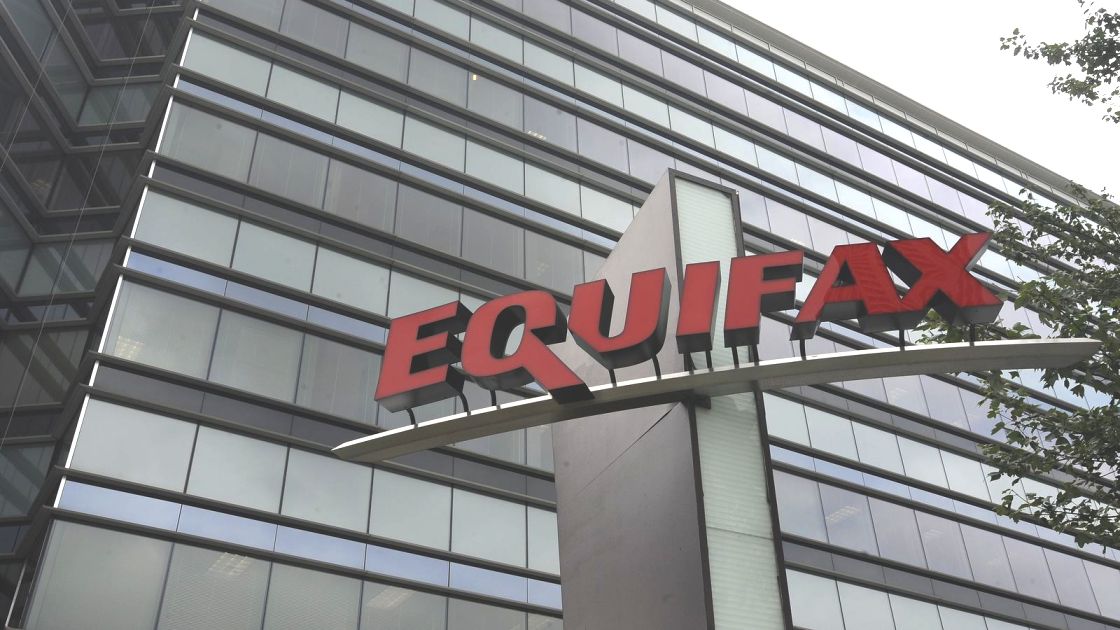How to Dispute an Error with TransUnion
Errors on your credit report can be expensive. A single mistake can drop your credit score, trigger loan rejections, or lead to higher interest rates. If you’ve spotted something wrong on your TransUnion credit report, the good news is that fixing it doesn’t have to be complicated—or costly.

This guide breaks down exactly how to dispute an error with TransUnion. You’ll learn how to check your report for mistakes, how to file a dispute online or by mail, what documents you need, and what to do if TransUnion rejects your claim.
Common TransUnion Credit Report Errors
Mistakes on your TransUnion credit report can happen for a lot of reasons—data entry issues, reporting delays, or even fraud. Knowing what to look for can help you catch problems early.
What You Might Find
- Incorrect personal information: Wrong name, outdated address, or inaccurate Social Security number
- Duplicate accounts: The same account showing up more than once
- Accounts that aren’t yours: Often a sign of mixed files or identity theft
- Incorrect payment history: Late payments marked incorrectly or missing payments that were made
- Outdated information: Items that should have aged off your report
- Fraudulent accounts: Accounts opened without your knowledge
Why These Errors Matter
- Credit score damage: Even one late payment or unauthorized account can lower your score
- Loan and credit card rejections: Lenders may deny applications based on inaccurate data
- Higher interest rates and insurance premiums: Mistakes can make you appear riskier to lenders and insurers
How to Check Your TransUnion Credit Report
Before you can fix an error, you need to see what’s on your TransUnion credit report. Checking it regularly helps you catch mistakes early.
Get Your Free Credit Report
You can request your TransUnion credit report for free in two main ways:
- AnnualCreditReport.com: This site allows weekly access to all three credit reports—TransUnion, Equifax, and Experian—through December 2025
- TransUnion’s website or by mail: You can also go straight to the source and request your report from TransUnion directly
Review It Line by Line
Once you have your report:
- Focus on negative items: Look closely at any late payments, collections, or public records
- Check account details: Confirm balances, open dates, and payment history
- Watch for anything unfamiliar: Any account you don’t recognize is a red flag
How to Dispute an Error with TransUnion
If you’ve found an error, don’t ignore it. Disputing it with TransUnion is free, and there are three ways to do it.
Dispute by Mail
If you prefer paper or want to send copies of physical documents:
Send your letter to:
TransUnion Consumer Solutions
P.O. Box 2000
Chester, PA 19016
Your credit dispute letter should include:
- Your full legal name and current mailing address
- The report confirmation number, if you have it
- A clear explanation of the error
- Copies of supporting documents (never originals)
Dispute Online (Fastest Option)
The fastest and easiest way to start a dispute is through TransUnion’s website:
- Go to TransUnion’s Dispute Center
- Create or log into your account: You’ll need to verify your identity
- Select the item with the error: Explain what’s wrong and upload any supporting documents
- Submit your dispute: TransUnion will begin its investigation, usually within a few days
Dispute by Phone (Not Recommended for Detailed Disputes)
You can call TransUnion at 800-916-8800, but this method has limits. It’s best for simple updates like correcting a misspelled name—not complex issues or identity theft claims.
What to Include in Your Dispute
Before you file a dispute, make sure you have everything you need to support your claim. The stronger your documentation, the more likely TransUnion is to correct the issue.
Key Documents to Attach
- A copy of your credit report: Circle the item you’re disputing
- Supporting evidence: Bank statements, payment confirmations, letters from creditors, or other documents that back your claim
- Proof of identity and address: A copy of your government-issued ID and a recent utility bill, bank statement, or lease with your name and address
Sample Dispute Explanation (Short and Clear)
Here are two examples of how to explain your dispute clearly and concisely:
“This account is not mine. I believe it was opened fraudulently. Please remove it from my report.”
“The listed payment for March 2024 is incorrect. I’ve attached a bank statement showing it was paid on time.”
Keep it brief, factual, and direct.
What Happens After You File the Dispute?
Once you submit your dispute, TransUnion opens an investigation. Here’s what you can expect.
TransUnion’s Investigation Timeline
- Standard resolution time: Most disputes are resolved within 30 days
- Notifications: TransUnion will send updates by email or mail, depending on how you filed
Possible Outcomes
- Item is corrected or removed: If the furnisher agrees the information is wrong
- Item is verified and stays: If the furnisher confirms it’s accurate
- Your report is updated: You’ll receive a new copy of your credit report with the results
What to Do If TransUnion Rejects Your Dispute
A rejected dispute doesn’t mean you’re stuck. You still have options to push back and fix the error.
Send Additional Proof
If you didn’t send enough documentation the first time, try again with more evidence. The stronger your supporting materials, the better your chances on a second review.
File a Complaint with the CFPB
If TransUnion ignores your dispute, or you believe they didn’t investigate properly, file a complaint with the Consumer Financial Protection Bureau. They can escalate the issue.
Consider a Credit Repair Company
If the dispute process feels overwhelming, or you're not getting results on your own, working with a professional credit repair company can help. They know how to handle complex cases, follow up with the credit bureaus, and make sure nothing falls through the cracks.
Tips for a Successful Dispute
- Be specific and factual: Avoid vague complaints—explain exactly what’s wrong and why
- Only dispute actual inaccuracies: Don’t dispute negative items that are accurate
- Keep good records: Save copies of all letters, emails, and documents you send
- Avoid multiple disputes on the same item: Wait for a resolution before trying again
Conclusion
Fixing an error on your TransUnion credit report isn’t just about cleaning up paperwork—it’s about protecting your credit score and your financial future. Even a single inaccurate item can hurt your chances of getting approved for loans, credit cards, or lower interest rates.
The dispute process is free and straightforward if you follow the right steps. Check your report carefully, gather your documentation, and submit your dispute through the method that works best for you. If TransUnion doesn’t resolve it fairly, don’t hesitate to escalate or get help from a credit repair professional. A clean credit report is worth the effort.



